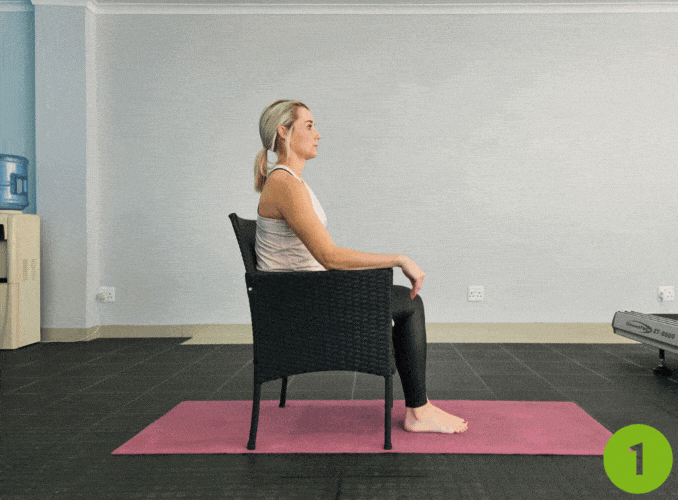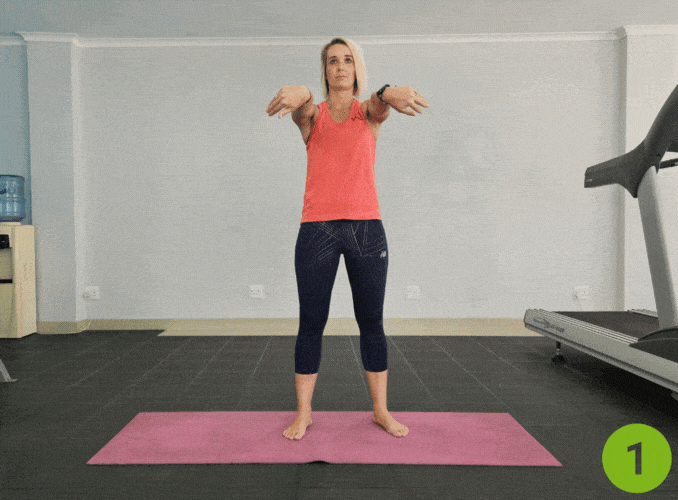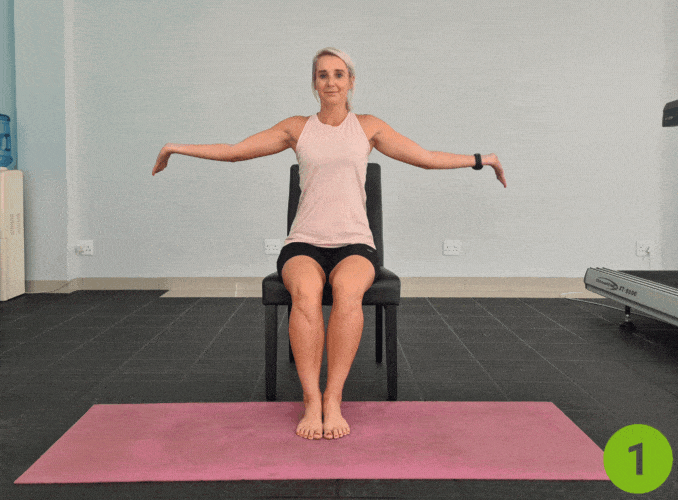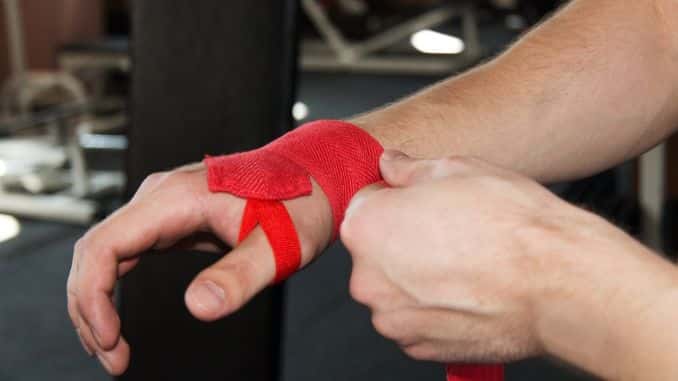Wrist pain from lifting is more common than you might think—and it can seriously derail your progress. Whether you’re a beginner or lifting heavy, that nagging discomfort can escalate into a more serious issue if left unaddressed.
But here’s the good news: with the right approach, you can prevent long-term damage and keep lifting strong.
Keep reading to discover how to protect your wrists and stay pain-free!
Wrist Pain and Its Causes
Wrist pain from lifting is common, often caused by poor form, excessive weight, and repetitive movements.
The wrist is a complex joint made up of eight small carpal bones, which makes it especially vulnerable to strain and injury.
Weak wrist muscles can also contribute to pain by failing to support the lifted weight.
- Lifting heavy weights [1] with improper form or technique.
- Maintaining poor wrist positioning during lifting exercises.
- Overuse from repetitive lifting or manual tasks.
- High force or stress is placed on the wrist joint.
- Weak wrist muscles and lack of support.
- Lack of wrist recovery time between workouts.
- Existing wrist injury aggravated by lifting movements.
Understanding these causes is key to preventing long-term damage and relieving pain,
Dr. Alex Jimenez, a chiropractor, emphasizes that using proper form during lifts is crucial to preventing wrist injuries. Working with a certified trainer or physical therapist can help ensure that exercises are performed with proper form and technique.
Physical Risk Factors [2]
Occupations involving repetitive movements, forceful tasks, awkward postures, and prolonged durations can contribute to wrist pain.
Activities that stress the wrist over time can lead to conditions like tendinitis or carpal tunnel syndrome (CTS).
Common Weightlifting Exercises That Can Cause Wrist Pain:
- Bench Press: Incorrect wrist angle can strain the wrist joint.
- Deadlifts: Gripping too tightly or poor form can lead to wrist pain.
- Overhead Press: Wrist pain can result from improper alignment during lifts.
- Pull-Ups: Incorrect grip or overuse can lead to wrist discomfort.
- Squats (Front Squats): The wrists often bend into awkward positions under load, increasing strain and discomfort.
- Bicep Curls: Using excessive weight can stress the wrist joints.
Symptoms of Wrist Pain [3]
- Pain: Often sharp or throbbing, worsened with movement.
- Swelling: Often occurs around the affected area.
- Stiffness: Limited movement due to swelling or injury.
- Weakness: Trouble gripping or lifting objects.
Exercises for the Wrist
1. Wrist Flexion and Extension

- Begin seated upright in a chair, maintaining good posture with your head, shoulders, and hips aligned.
- Rest your forearms on the armrests with your wrists relaxed over the edge.
- From a neutral wrist position, slowly bend one hand upward (wrist extension), then downward (wrist flexion) in a controlled motion.
- Perform 10–12 repetitions per side.
2. Wrist Circles

- Begin in an upright standing position with your feet hip-width apart and maintain good alignment with your head, shoulders, hips, and legs.
- Extend your arms in front at chest level. Engage your core muscles.
- Slowly rotate your wrists in smooth, controlled circles—first clockwise, then counterclockwise—keeping your arms steady.
- Perform 10 circles in each direction.
3. Prayer Stretch

- Begin in an upright sitting position on the floor with your legs crossed.
- Maintaining good alignment with your head, shoulders, and hips.
- Press your palms together in front of your chest in a prayer position, with your fingers pointing upward.
- Hold the position for several deep belly breaths, in through your nose and out through your mouth.
To deepen the stretch, gently lower your hands toward your abdomen while keeping your palms together until you feel a stretch in your wrists and forearms.
4. Wrist Supination

- Begin seated upright with your arms at your sides and elbows bent at 90 degrees.
- Rotate your forearms so that your palms face upward (supination), then downward (pronation). Hold each position briefly and repeat 10 times on each side.
5. Wrist Flexor Stretch

- Begin in an upright standing position with your feet shoulder-width apart.
- Maintain good alignment with your head, shoulders, hips, and legs.
- Extend one arm in front at chest level with palms facing up.
- Engage your core. Using your opposite hand, gently pull your fingers down, feeling a stretch in the underside of your forearm.
- Hold this position for several deep belly breaths, in through your nose and out through your mouth.
- Relax and return to the starting position.
- Repeat the stretch on the opposite hand.
Prevention Techniques

Using wrist wraps can provide stability and support to the wrist joint, helping to prevent wrist pain and injuries.
- Maintaining proper form and technique while lifting weights is crucial for wrist health, as improper form can lead to wrist pain and injury.
- Incorporating wrist-strengthening exercises into your routine can enhance joint stability and help prevent pain and injuries.
- Avoiding repetitive movements and taking regular breaks can help prevent overuse injuries and alleviate wrist pain.
Conclusion
Wrist pain from lifting is common, but it can often be prevented and managed with proper form, supportive gear like wrist wraps, and regular strengthening exercises. Understanding the causes of wrist pain and taking preventive measures can significantly reduce the risk of injury.
If you are experiencing wrist pain, it is essential to seek medical help and develop a tailored exercise routine to address specific wrist issues.
If you want to say goodbye to years of chronic wrist pain and discomfort once and for all while regaining your wrist strength, then click here to check out The Top 10 Morning Movements to Loosen Up Your Joints!
Frequently Asked Questions
How to get rid of wrist pain from lifting?
Rest your wrist, use ice, and keep it elevated. You can also wear a wrist brace for support. Stretching and strengthening exercises might help once the pain decreases.
How long does wrist pain from lifting take to heal?
Healing time varies depending on the severity of the pain, but most mild cases improve within a few days to two weeks. Resting and avoiding lifting heavy weights will speed up the healing process.
Does wrist strain go away?
Yes, wrist strain typically resolves with proper rest, care, and treatment. Persistent pain may require evaluation by a healthcare professional.
What helps with overuse wrist pain?
Resting the wrist, using ice packs, and avoiding activities that cause pain can help. Gentle stretches, strengthening exercises, and wearing a brace can also speed up healing.


